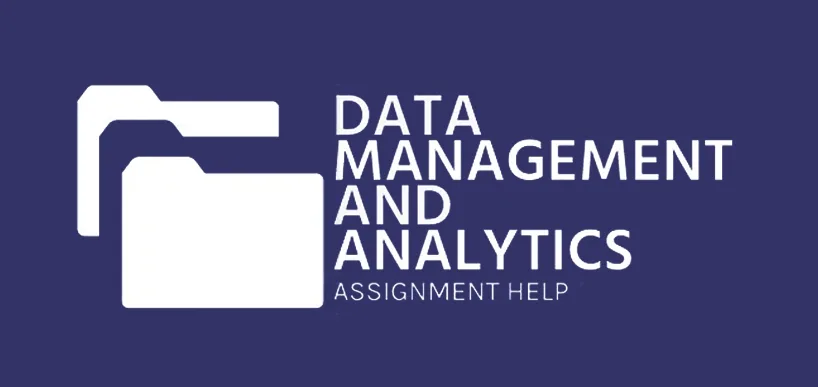Larger the Assignment, Bigger the Savings For Your Pocket!

Data Management And Analytics MIS609
The DATA MANAGEMENT AND ANALYTICS MIS609 will help the students to develop an understanding of fundamentals of data management. It will also give them the opportunity to learn about contemporary Data Management practices, Data Analysis and Data Visualisation.
Learning Outcomes:
Develop an understanding of concepts of data management.
Research data management approaches and apply them appropriately when needed.
Analyse and utilise data issues in an organisation.
Communicate findings and reports to the business organisation effectively.
1. This assessment gives you the opportunity to demonstrate your understanding of concepts covered in Module 3 and 4 including Business Intelligence, Big Data, Business Analytics, Data Warehousing, Data Visualisation, Data Mining, AI, Machine Learning. In doing so, you are required to select an organisation and then analyse and evaluate how the above-mentioned concepts can be used to solve a real-life problem.
Select an organisation that you would like to investigate. When choosing the organisation,make sure that you are able to access data from the organisation easily, or the data is available on the web. Write a case study report outlining how the selected organisation has used the concepts of data management to successfully solve a problem faced by the organisation. The report should consist of the following structure:
Your First Order
Get 20% OFF!
2. Please read the attached case scenario.
Write a 1500-word data management pre-proposal for the organisation.
The pre-proposal should not only discuss the technical but also the managerial aspects (cost, manpower, resources, etc.). Please keep in mind that you are writing a pre-proposal and not a detailed proposal.
Please ensure that you remain objective when writing the pre-proposal.
Your pre-proposal should ideally answer (but not be limited to) the following questions:
a) What would the data management strategy be?
b) Which kind of data would be managed by your organization and how?
c) How many staff members at your organization would manage data of this retailer; what would be the team hierarchy and what would their expertise be?
d) What resources would be required from the retailer?
e) What deliverables (hard and soft) would be provided to the retailer?
f) What would general data management operations look like?
g) How would data management policy be set and how would it be implemented?
h) How would metadata be managed?
i) How would data quality be managed?
j) How would data management practices be audited and how would quality be assessed?
k) How will user and business requirements be collected from the clients?
l) Which data architectures and platforms would be used?
m) How would legacy data be taken care of?
n) How would risks be managed?
o) What benefits would the retailer have as a result of outsourcing this service to your organisation?
p) Others….
3. Select secondary data from the internet. Make sure you select the data after approval of your learning facilitator. Find out the issues that the selected data has. Make note of all the identified issues. For every issue identified you should have a solid rationale.
Select a data analysis / visualisation tool. You can surf the web and find out some free data analysis / visualisation tools. Some of the recommended tools are Tableau, Microsoft Excel, Microsoft Power BI, Qlik and Google Data Studio. Make sure that before you select a tool, youcarefully understand the merits and demerits of that tool. Also discuss with your facilitator thechoice of your tool.
Analyse selected data using the selected tool and try creating meaningful visualisations that give you more visual insight into data.
Based on analysis using visualisation, identify important finding about that data.
Carefully identify your limitations.
Now create a Microsoft PowerPoint presentation.
The body of the report will need to respond to the specific requirements of the case study. It is advised that you use the case study to assist you in structuring the report. Set priorities for identified threats and analyse the case in terms of identified risk categories and discuss specific resolutions and recommendations for improvements in the body of the report.
The conclusion (will summarise any findings or recommendations that the report puts forward regarding the concepts covered in the report.